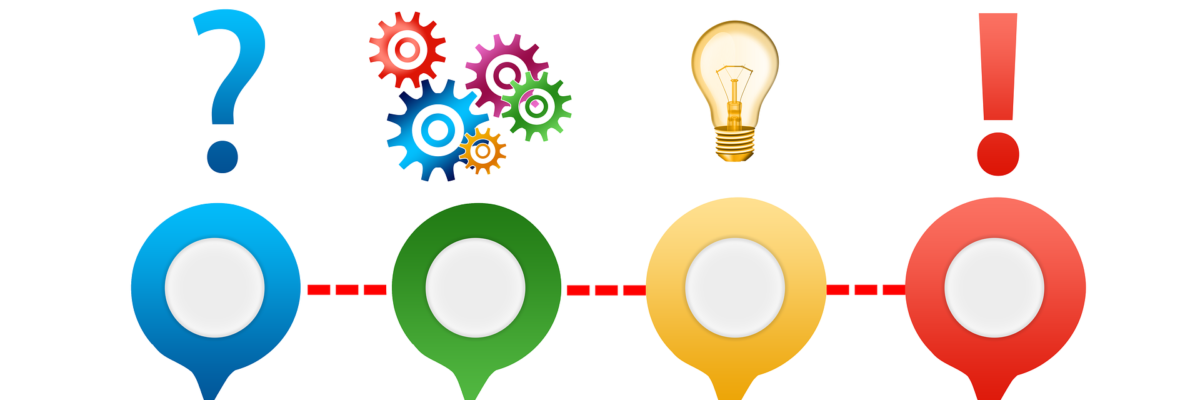Spent some time last week before the opening of the new school year thinking about this tweet from @thel0rdbyr0n:
Friendly reminder for teachers starting school this week to have your students say their names to you first so that the pronunciation comes from them, and also don’t settle for “close enough”, you can get their name right
— Nate ¯\_(ツ)_/¯ (@thel0rdbyr0n) September 2, 2018
This practice is something that I’ve followed for years, although, I confess, not always explicitly for the reasons that Nate and others in the thread put forth. (Give the thread a read–it’s worth your time.)
I started doing this almost accidentally. I remember spending a day before the start of one school year going through what seemed like a mountain of IEP and 504 documents about the students I would soon be meeting, and realizing that, for a lot of these kids, they were going to start the school year with their identities pre-formed in my head–no matter how much of a blank slate I tried to be when they walked into my classroom, I wouldn’t be able to unsee this identity that was centered on their challenges rather than their selves.
So I decided to flip things around. I didn’t (and still don’t) start the first day by taking roll. I start by diving right into class. In this case, it involves teaching them to play their first chord on the guitar. You don’t need to know names for this–a well-placed “ma’am” or “sir” does the job nicely, and sets a very respectful tone. We make noise, we interact, we each get at least a tiny sense of who everyone else is. And THEN the roll book comes out. And rather than me calling out names, we just go down the line. Tell me your name, first and last. If you go by a name other than your legal first name, use that so I’ll know. If you’ve always wanted a cool nickname, now’s your chance. Whatever you tell me, that’s what I’ll call you. (Yes, I’ve had students call my bluff. One kid had me call him “Hendrix” all year. One of his other teachers asked why I let him “get away” with that. My response was “Why should I care?”)
And I found that a) I much preferred meeting my kids on their terms, rather than their casefile’s, and b) names with unfamiliar pronunciations are much easier to repeat than to read. It’s nice when doing the right thing makes your life easier to boot.
I wasn’t thinking too much at that point about kids with “difficult” names who’d had Anglicized names forced upon them. I wasn’t thinking about students whose gender identity differed with what was on the school roll. If I was thinking about anything like that, it was simply that, as someone who grew up with his first name constantly being misspelled, I had a sense of the importance of having one’s name be right. But mostly, I was just thinking that I wanted my students to be able to identify themselves, rather than have a piece of paperwork do it for them. I guess I got lucky in stumbling upon that concept before I realized how important it is to so many people.
This site is entitled “Meet Them Where They Are.” I think one of the best ways to do that is to let our students be the ones to tell us who they are. If we can’t let them do that with their own names, where else can we go with them?


